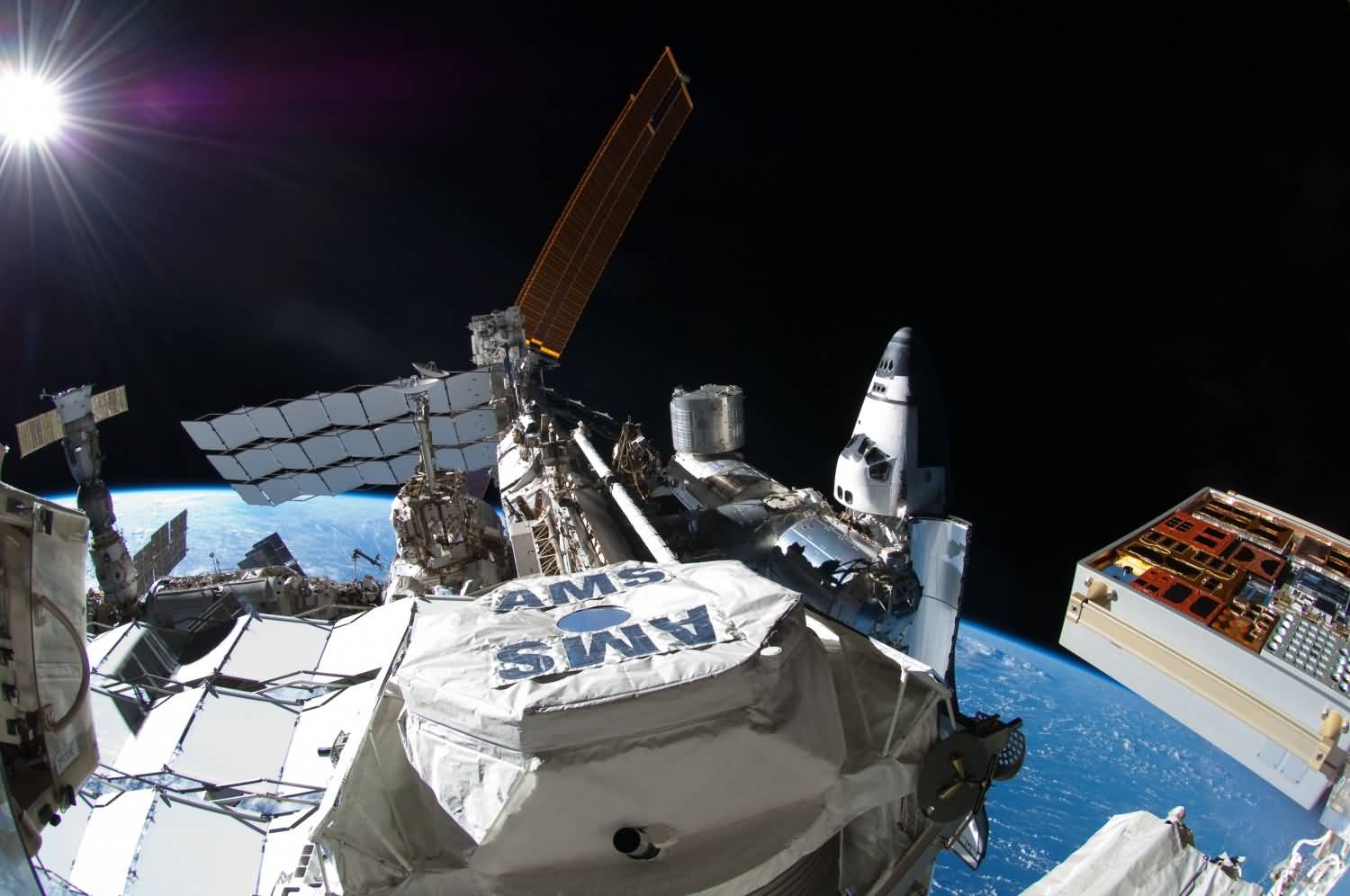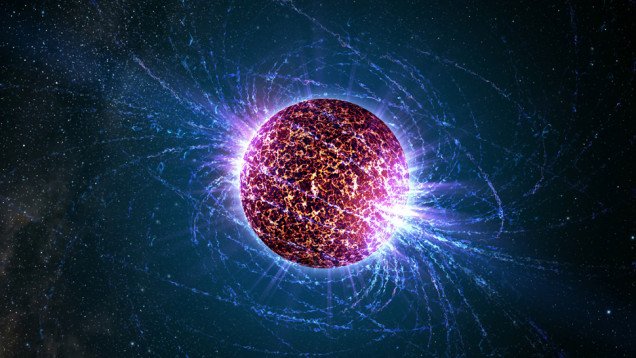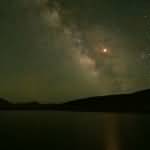Detector on the International Space Station; AMS
AMS-02, the Alpha Magnetic Spectrometer, is a particle physics detector built and tested by 16 countries and 56 institutes under DOE sponsorship, and deployed to the space station. It's truly a work of art. According to NASA's website, it has detected a total of 55,158,501,481 cosmic rays over the past 1238 days, 2 hours, and 50 seconds (since 2011). These are high-energy positrons (the antiparticles of electrons) and electrons entering our atmosphere.
I didn't initially expect this much, but it doesn't hurt, so let's continue. Briefly, many people and organizations have high expectations for the AMS-02 detector. Positrons with high energies, unattainable even in a supernova explosion, are being detected in the atmosphere. Data recorded by AMS-02 is being used to identify their source. Consider that dark matter is a family of subatomic particles. If this family of particles produces electrons, positron binaries, and x-rays, as when matter and antimatter combine, scientists believe they can detect them in unexpected places. They're using AMS-02's data for this purpose. An examination of the data recorded since 2011 has revealed more high-energy positrons than expected, suggesting that these could be the work of dark matter or a pulsar (neutron star).
The image shows AMS-02 immediately after it was loaded onto the International Space Station. A spacecraft is docked on the right, and one of Russia's Soyuz capsules is docked on the left.









